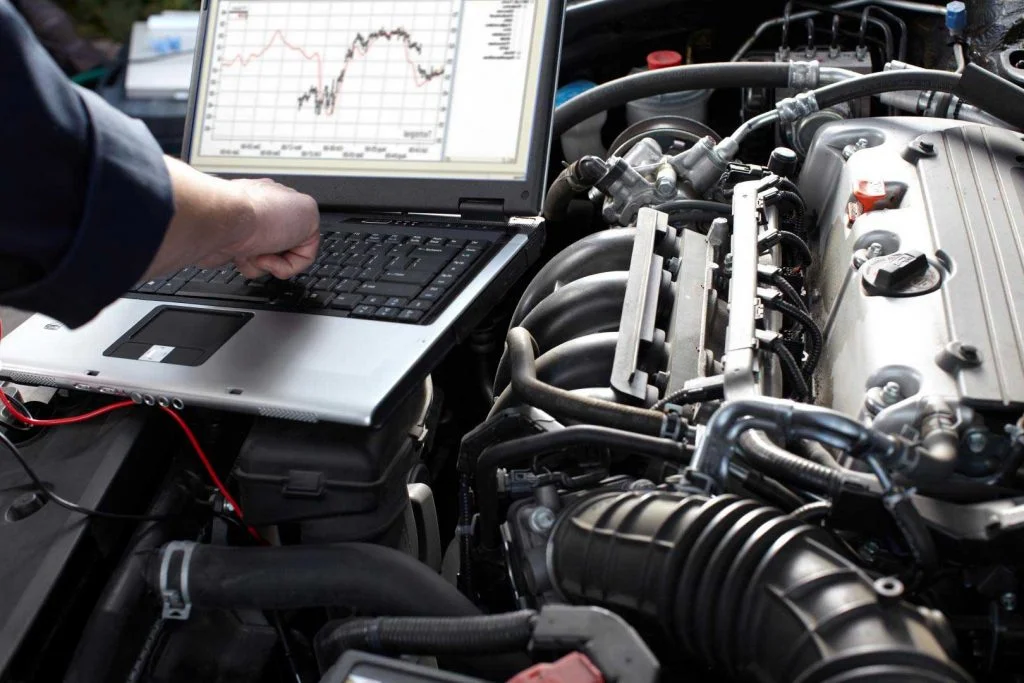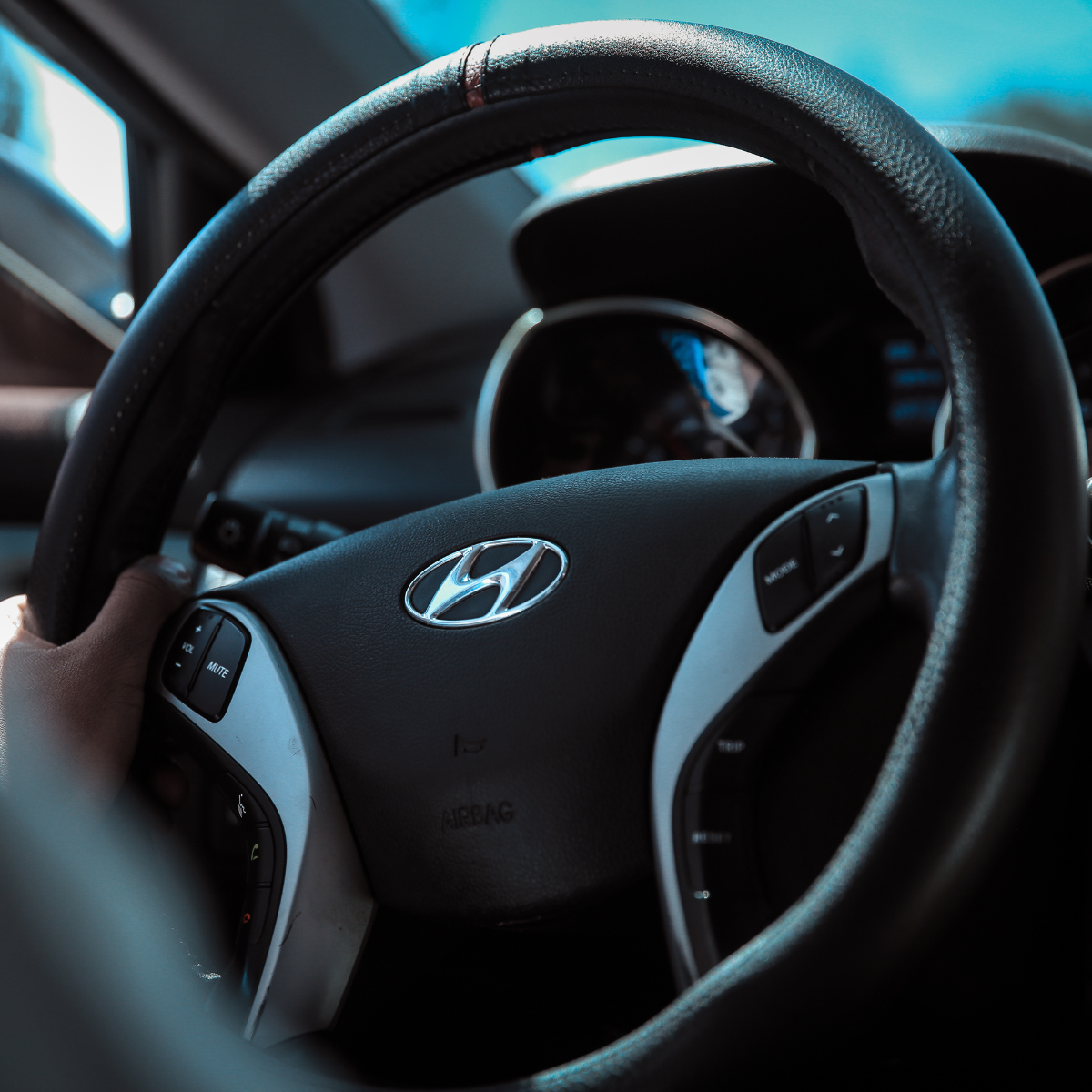Buying a used car is a significant investment, and ensuring that you’re getting a reliable vehicle is critical. While pre-owned cars can offer great value, it’s essential to perform a thorough inspection before finalizing the deal. A proper evaluation can help you avoid unexpected repairs, costly issues, or safety concerns. This comprehensive guide will walk you through all the essential steps to inspect a second-hand car, ensuring you make a confident, informed purchase.
Why Inspecting a Used Car is Crucial
When purchasing a pre-owned vehicle, you inherit its history, including any mechanical wear, accidents, or neglect by previous owners. An inspection allows you to identify hidden problems, assess the car’s condition, and determine its fair market value. This process not only protects your investment but also ensures the safety and reliability of the car you plan to drive.

Preparing for the Inspection
Research the Model and History
Before meeting the seller, research the specific make and model of the car. Look for common issues, recalls, and average maintenance costs. Request the vehicle’s history report to check for accidents, ownership changes, and maintenance records.
Inspect in Daylight
Schedule the inspection during the day to ensure you can clearly see any cosmetic flaws, dents, or rust spots. A bright environment also makes it easier to assess the vehicle’s overall condition.
Bring Essential Tools
Equip yourself with basic inspection tools like a flashlight, tire pressure gauge, and notepad to document findings. Having a trusted mechanic or knowledgeable friend accompany you can provide additional insight.
Exterior Examination
Check for Body Damage
Inspect the car’s body for dents, scratches, or signs of rust. Look closely at the paint job for inconsistencies that might indicate previous repairs or hidden damage. Examine the alignment of panels and doors to ensure proper fit.
Inspect the Tires
Examine the tires for tread depth, even wear, and cracks. Uneven tire wear can indicate alignment issues or suspension problems, which may require costly repairs.
Evaluate the Windows and Lights
Check all windows for cracks or chips, and ensure they operate smoothly. Test the headlights, brake lights, turn signals, and fog lights for functionality.
Look Under the Hood
Inspect the engine bay for leaks, corrosion, or damaged components. Check the belts and hoses for cracks or fraying, as these can indicate poor maintenance.
Interior Assessment

Test the Seats and Upholstery
Examine the seats for tears, stains, or excessive wear. Ensure the seats adjust properly and provide adequate support.
Inspect the Dashboard
Check the dashboard for warning lights, cracks, or signs of tampering. Ensure that all gauges, including the speedometer, fuel gauge, and odometer, are functioning correctly.
Test the Electronics
Turn on the car’s electronics, including the air conditioning, heater, radio, and infotainment system. Ensure that all features operate as intended.
Smell for Odors
Unpleasant smells, such as mold or burning, can indicate water damage or electrical problems. Pay attention to any unusual odors inside the cabin.
Engine and Mechanical Components
Start the Engine
Listen for unusual noises like knocking, ticking, or rattling when starting the engine. These sounds can signal underlying mechanical problems.
Check the Fluids
Inspect fluid levels for oil, transmission, coolant, and brake fluid. Look for any discoloration or contaminants, as these can indicate poor maintenance or leaks.
Evaluate the Exhaust
Examine the exhaust for excessive smoke or unusual odors. Blue or black smoke can signal engine issues, while white smoke may indicate coolant leaks.
Test the Brakes
During a test drive, check the brakes for responsiveness and listen for squealing or grinding noises. Ensure the car doesn’t pull to one side when braking, as this may indicate alignment problems.
Underneath the Car
Inspect for Rust
Look under the car for rust or corrosion, particularly around the frame and undercarriage. While surface rust is common, structural rust can compromise the car’s safety.
Check for Leaks
Examine the ground beneath the car for oil, transmission fluid, or coolant leaks. A clean and dry undercarriage is a good sign of proper maintenance.
Evaluate the Suspension
Push down on each corner of the car to test the suspension. The car should bounce back smoothly without excessive movement. Listen for creaks or clunks during this process.
Test Drive Essentials
Assess Acceleration and Steering
During the test drive, evaluate how the car accelerates and handles. Ensure the steering feels responsive and doesn’t drift or vibrate at higher speeds.
Test Different Speeds
Drive at varying speeds to identify any unusual vibrations, noises, or handling issues. This helps detect problems with the transmission, wheels, or suspension.
Navigate Turns and Braking
Take sharp turns and perform sudden stops to test the car’s stability and braking system. Pay attention to any unusual sounds or behavior.
Documentation and Negotiation
Verify the Paperwork
Request the vehicle’s title, registration, and maintenance records. Ensure the VIN (Vehicle Identification Number) matches across all documents and the car itself.
Calculate Repair Costs
If the inspection reveals minor issues, estimate the cost of repairs and use this information to negotiate a fair price.
Consider a Professional Inspection
For added peace of mind, consider hiring a certified mechanic for a professional inspection. They can provide a detailed assessment of the car’s condition.
Red Flags to Avoid

Salvage Titles
Be cautious of vehicles with salvage titles, as they may have undergone extensive repairs after significant damage.
Inconsistent Mileage
Check the odometer reading against the vehicle’s history report. Discrepancies may indicate odometer tampering.
Pushy Sellers
Beware of sellers who rush you to make a decision or avoid answering questions. A transparent seller will provide all necessary information.
Final Decision
Once you’ve thoroughly inspected the used car, weighed the pros and cons, and evaluated its condition, you can confidently decide whether to proceed with the purchase. A careful inspection not only protects your investment but also ensures you’re getting a reliable and safe vehicle for years to come.
By following this comprehensive guide, you’ll be well-prepared to inspect a used car, identify potential issues, and negotiate the best deal.

Leave a Reply